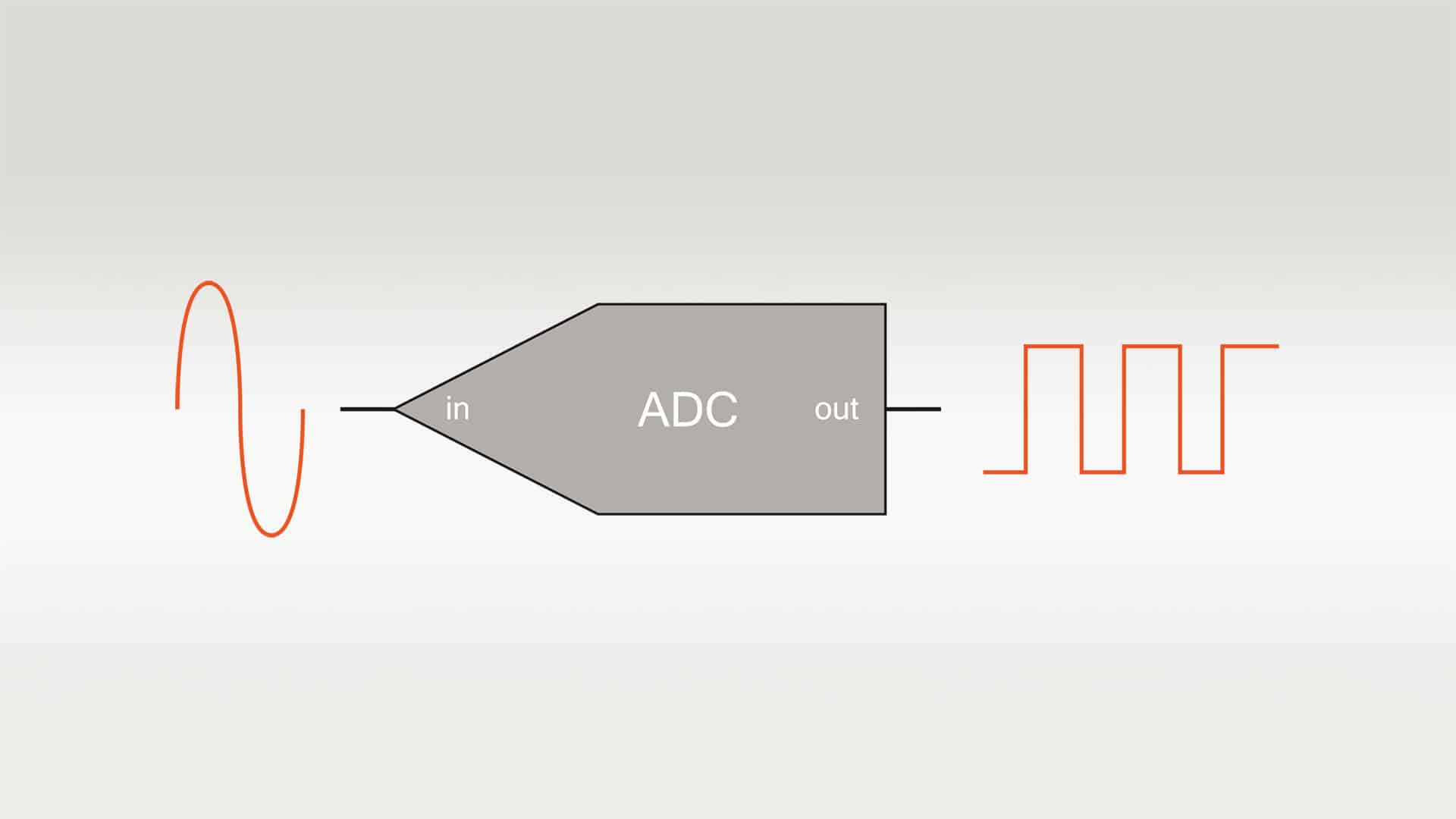ADC stands for Analog-to-Digital Converter, a device used to convert any analog signal into a digital signal. An analog signal is one that is continuous and usually characterized by a smooth waveform. A digital signal is one that is comprised of discrete states at predefined intervals.
An ADC is often used to convert audio, radio signals, or other analog signals into digital values that can then be used by digital systems. For example, computers use these converters to take sound input, such as music, and turn it into digital signals. In most cases, these signals can then be accurately converted back to the original analog signal.
An ADC is made up of two major components, both of which play an important role in the conversion. The first component is the Analog Frontend, which is responsible for receiving the analog signal, amplifying it, and providing a stable reference voltage for the incoming signal. The second component is the Digital Frontend, which takes the amplified signal and converts it to a digital form using Digital Signal Processing techniques.
In order for an ADC to be successful in providing an accurate conversion, there are several factors that must be taken into consideration. These include accuracy, sampling rate, the number of bits used for quantization, dynamic range, speed, power, and cost.
ADCs are used in a variety of applications, including robotics, home automation, audio and video applications, and telecommunication systems. They have become an extremely important part of the ever-expanding digital world.






